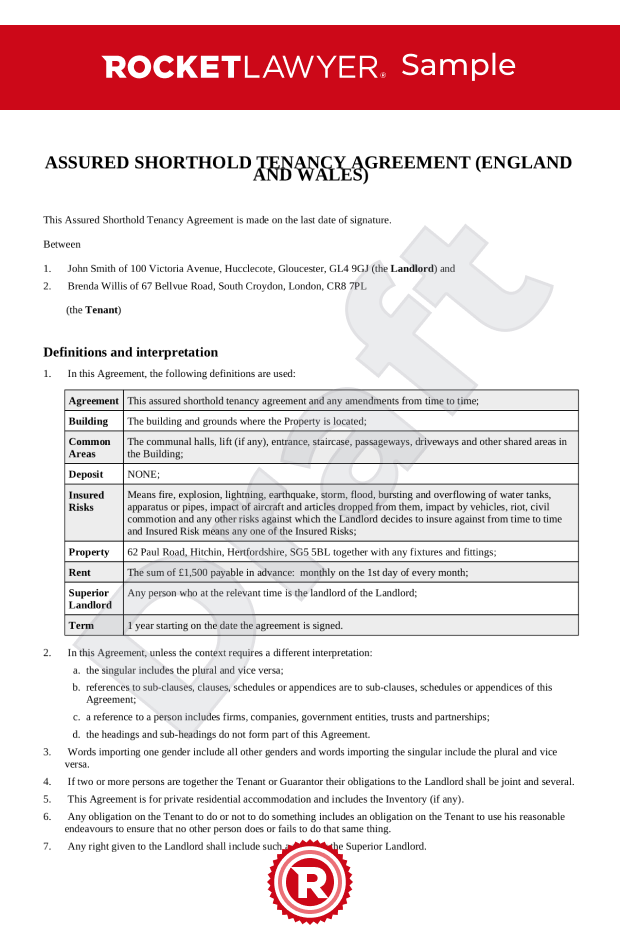A tenancy agreement is a contract between a private tenant (known as a ‘contract holder’ in Wales) and a landlord. For the avoidance of doubt, references to ‘tenants’ also apply to ‘contract holders’ unless otherwise specified.
Residential tenancy agreements are used to rent out residential property. Commercial tenancy agreements are used to rent out commercial property.
In England, the most common type of residential tenancy is an assured shorthold tenancy (AST). For more information on ASTs, read Residential tenancies.
In Wales, after 1 December 2022 will, most residential properties will be rented out under an occupation contract. For more information, read Residential tenancies in Wales.
In Scotland, all residential tenancies that started on or after 1 December 2017 are private residential tenancies. For more information on these, read Residential tenancies in Scotland.
